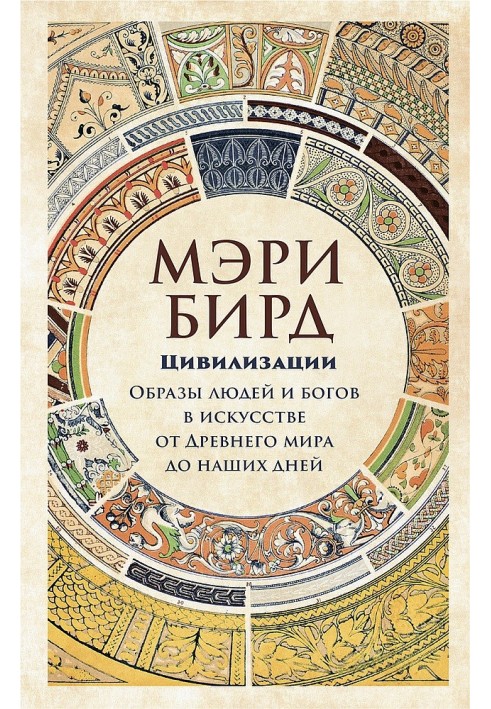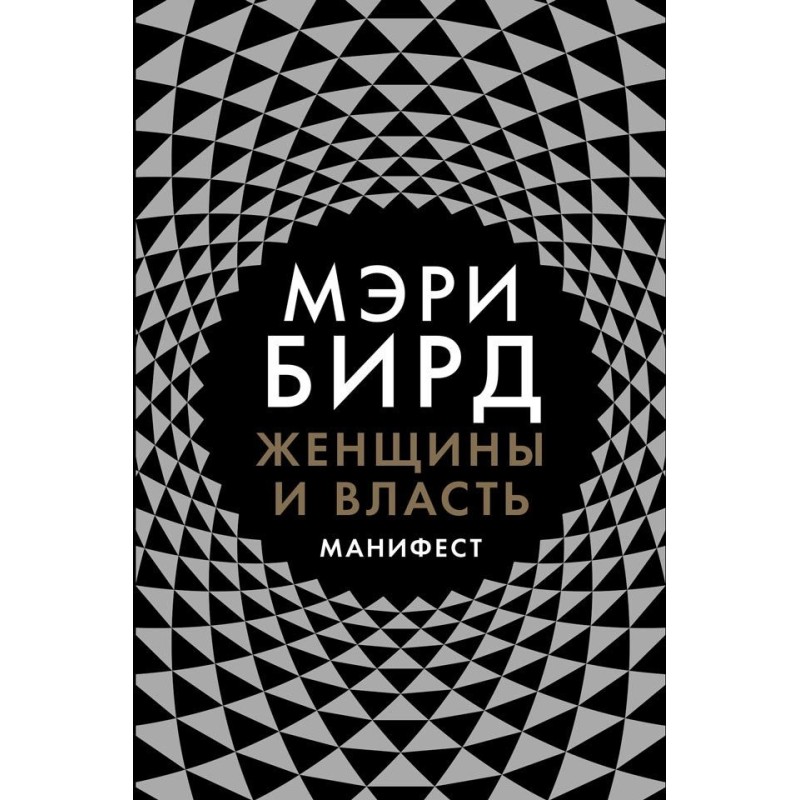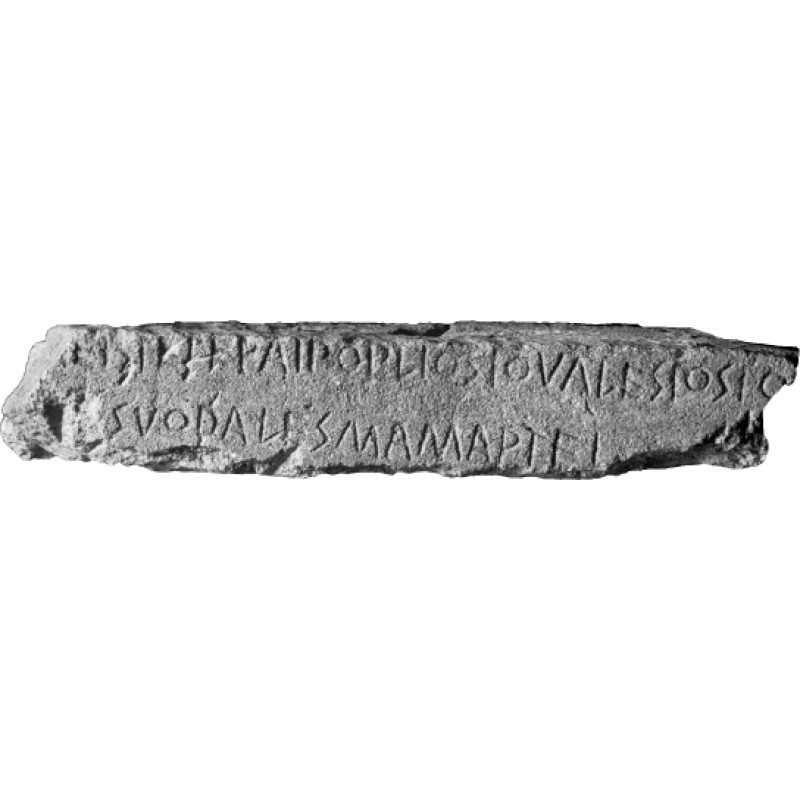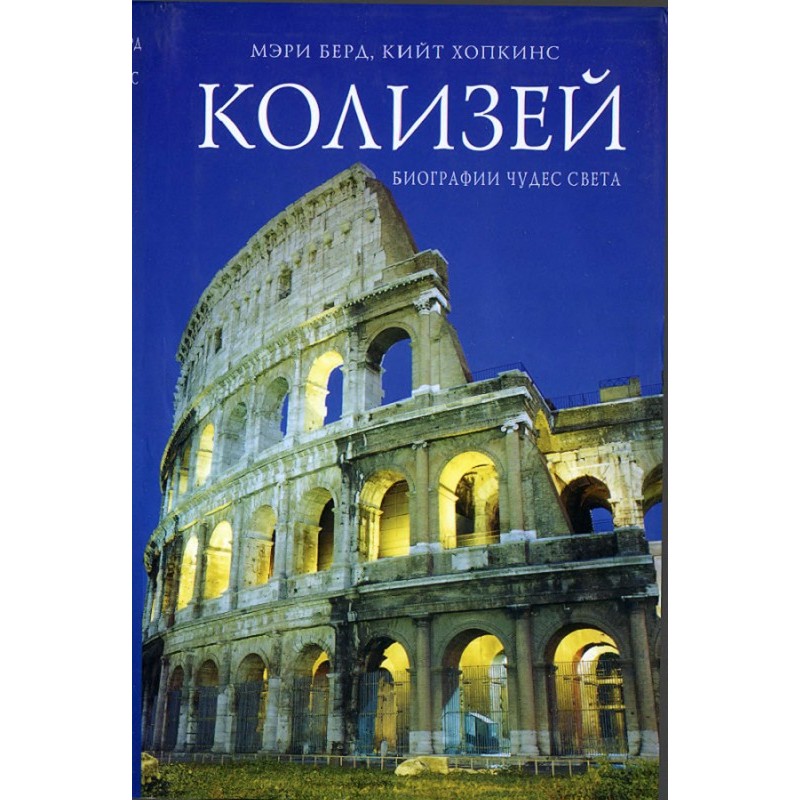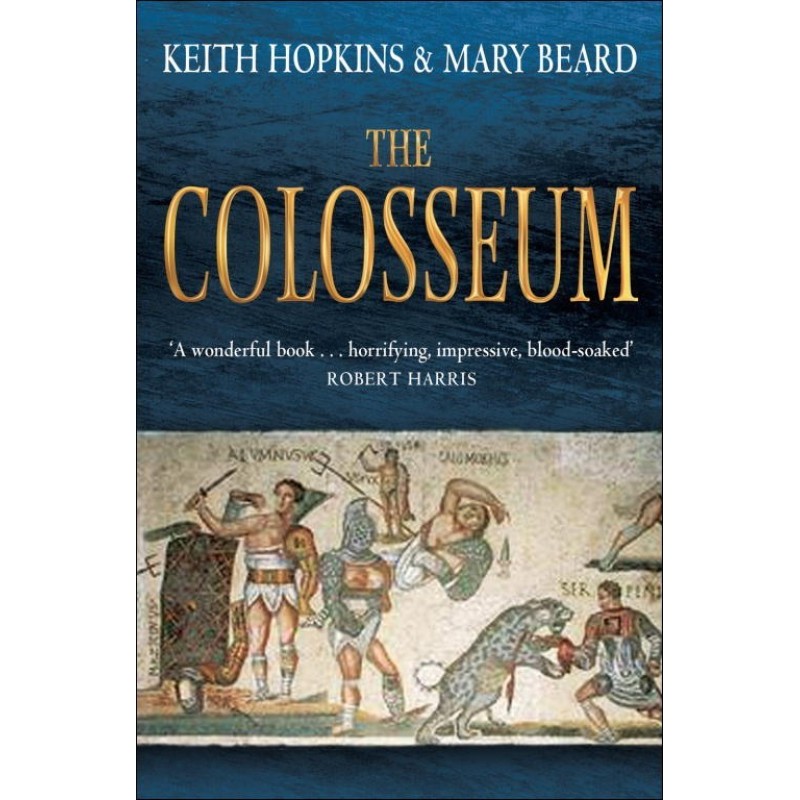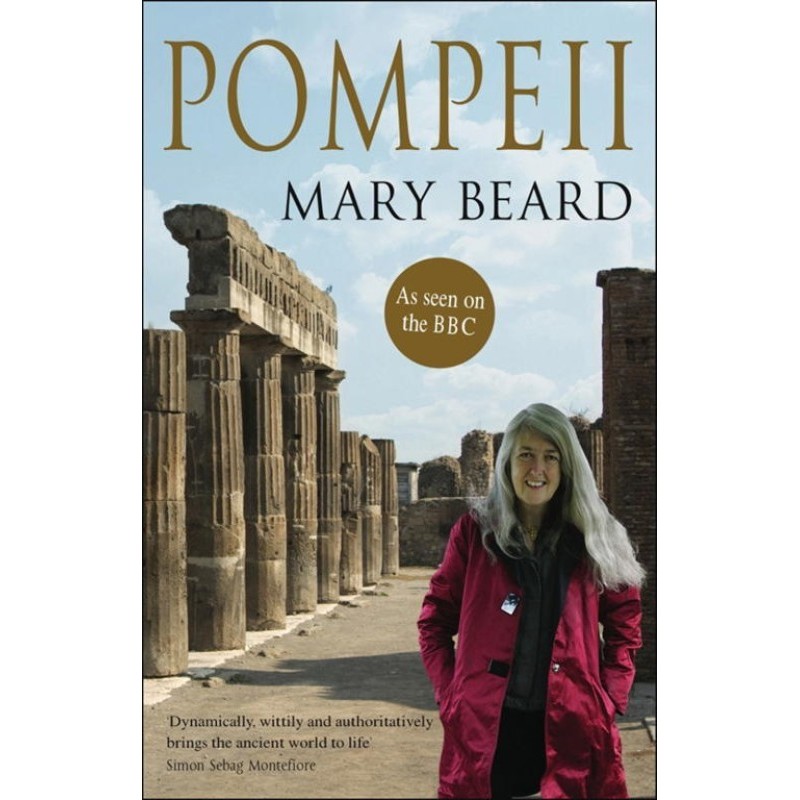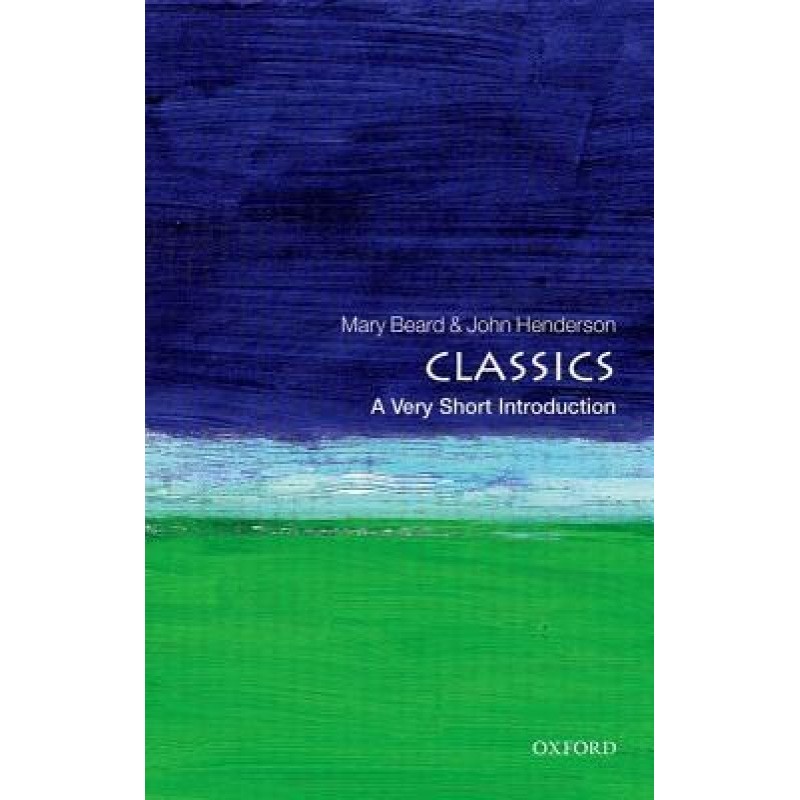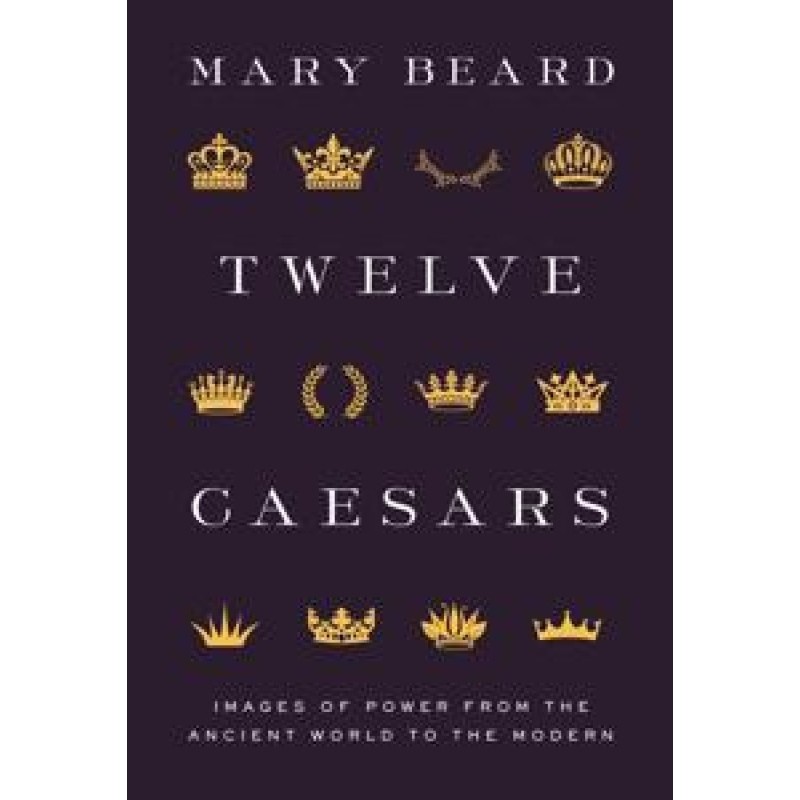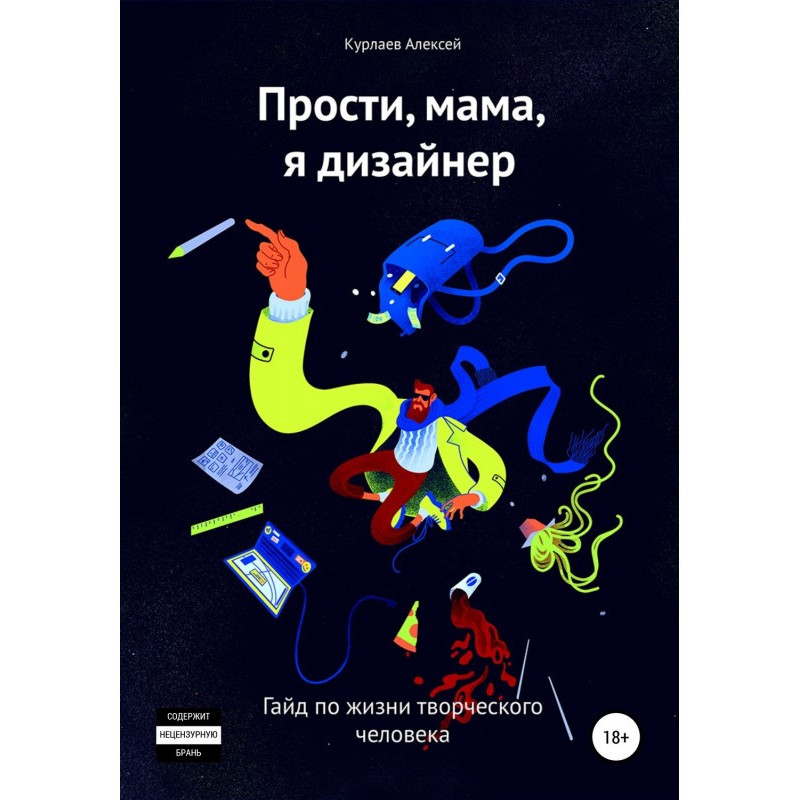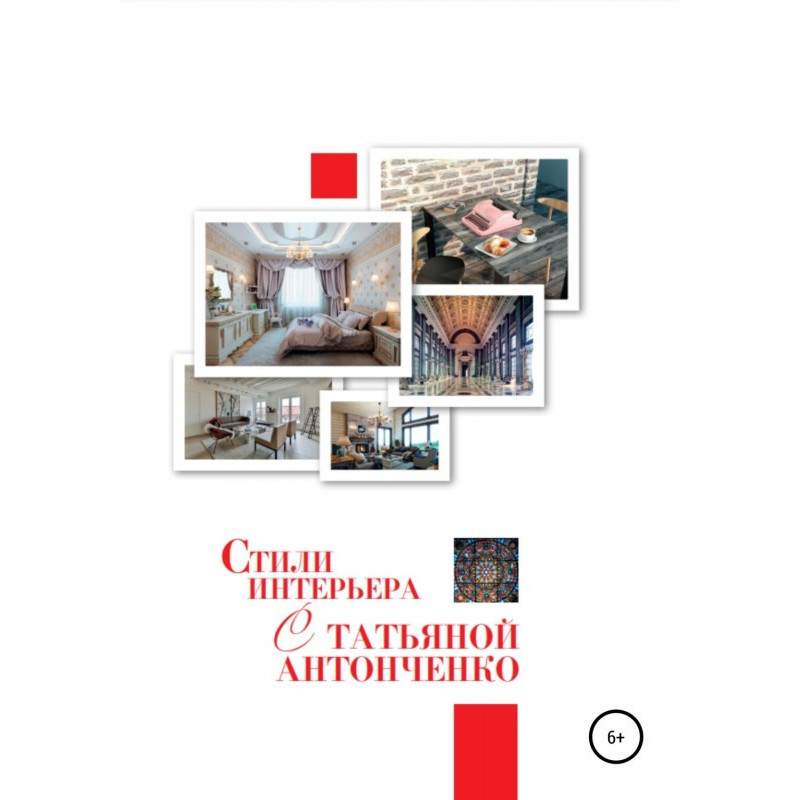Civilizations. Images of people and gods in art from the Ancient world to the present day
 Instant download
Instant download
after payment (24/7)
 Wide range of formats
Wide range of formats
(for all gadgets)
 Full book
Full book
(including for Apple and Android)
The idea of "civilization" has always been discussed. At the heart of these discussions is the big question of how our ancestors—from antiquity to the present day—portrayed themselves and others, both human and divine. Distinguished historian Mary Beard explores how art was shaped and created by the people who created it. How did we look at these images? Why were they sometimes so controversial? In the first part, she explores how the human figure was depicted in some of the world's earliest works of art - from the giant stone heads carved by the Olmecs of Central America, to the statues and pottery of the ancient Greeks, to the terracotta army of China's first emperor . She explains how one particular version of the representation of the human body, which dates back to the ancient world, still influences (and sometimes distorts) the way Westerners see their own culture and the culture of others. Throughout this history, she is interested not only in the artists who made the images, but also in those who used, viewed and interpreted them. In other words: what do we look like? In the second part, Mary Beard addresses the relationship between art and religion. Religion has inspired art for centuries, from the Hindu temple at Angkor Wat to the Christian mosaics of Ravenna and the exquisite calligraphy of Islamic mosques.
Data sheet
- Name of the Author
- Мэри Бирд
- Language
- Russian
- Translator
- Наталья Нарциссова
Reviews
Вражаюче дослідження людської природи через мистецтво
Книга "Цивілізації" Мері Бірд стала для мене справжнім відкриттям. Автор майстерно поєднує історію, мистецтво та антропологію, досліджуючи, як різні культури зображали себе та своїх богів протягом тисячоліть. Від гігантських ольмекських голів до витончених статуй стародавніх греків — Бірд показує, як ці образи не лише відображають естетичні смаки, але й глибокі соціальні та релігійні переконання. Книга змушує замислитися про те, як ми сприймаємо мистецтво сьогодні, і які стереотипи та уявлення залишилися з минулого. Мені особливо сподобалася друга частина, де автор розглядає зв'язок між мистецтвом і релігією, демонструючи, як віра формувала творчість у різних культурах. Ця книга не лише інформативна, але й надихає на глибше розуміння нашої цивілізації та її розвитку. Рекомендую всім, хто цікавиться історією, мистецтвом та культурологією!

